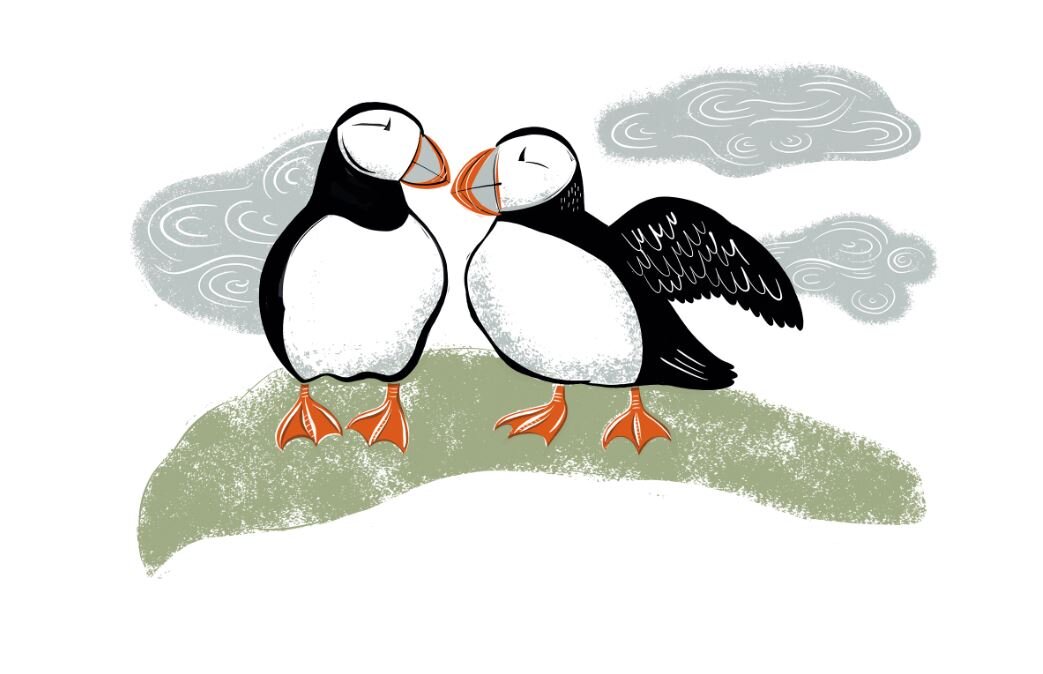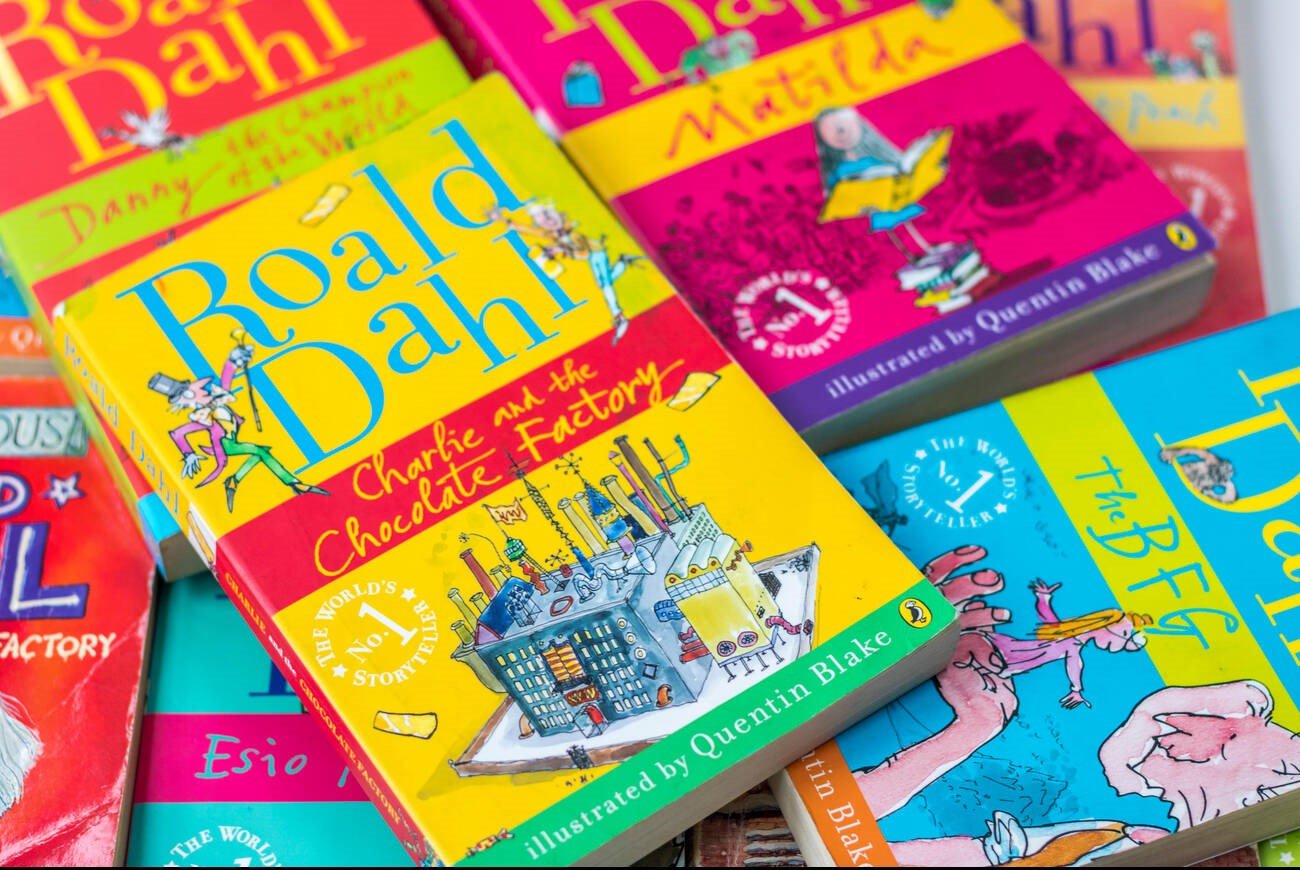We have always thought there’s nuffin like a puffin and, like Kelly Keegan, who wrote our Magical Creatures feature about puffins in our July issue, we attribute much of our love for these birds to their association with Puffin Books, which were such a big part of so many of our childhoods. If you were a big fan, you might even have been a member of The Puffin Club, aka a Puffineer.
The club was founded in 1967 by Kaye Webb, then editor of Puffin Books and in its first year more than 16,000 children joined. At its peak it had some 200,000 members. The enamel puffin badge was a big draw, if we remember correctly, but we stayed for the excitement of receiving a copy of the Puffin Post through the letterbox regularly and being invited to VIP Puffin parties, colourful, grand affairs attended by some of the day’s most famous children’s authors and illustrators. Whether you were a proud Puffineer or not, here are a few facts you might like to know about the Puffin Club…
There was a secret Puffin Club greeting for members: “Sniffup”, and a response: “Spotera”. (Try reading them backwards).
Each month, Puffin would hide 50 coded messages in new books all over the country but only members had the code to decipher them.
The Puffin Club’s ‘computer’ was called TOMCAT (Totally Obedient Machine Cannot Actually Think) though all the admin was done with good old-fashioned paper and pencil in reality.
The last Puffin Post was printed in 1989 but there was a brief revival in 2009 when The Book People took it over. Puffineers will tell you it wasn’t a patch on the original, however.
As well as a love of reading, Puffineers joined in with acts of charity, including raising £3,000 to buy a stretch of Yorkshire coastline as a puffin sanctuary in 1972.
Puffin Post always featured a joke. The first one being: “Do you get fur from a skunk? Yes, as fur away as possible.”
Virtuoso violinist Yehudi Menuhin was the second president of the Puffin Club.
Founder members received the gold Puffin badge, but if you weren’t an early adopter (or weren’t born) you would be awarded the black Puffin badge for four continuous years of membership.
To encourage younger members, the Junior Puffin Club was founded with its own mascot, a baby puffin called Smudge, and its own magazine, The Egg.
Puffin Post included regular writing competitions, but in typical seventies educational style, if entries were not considered to be good enough, the Editor would let members know and there would be no winners announced. Harsh, but we like to think that’s what gave us early Puffin Club members the backbone we still enjoy today!
You can read more about puffins (of the feathery variety) on page 15 of our July issue.
Buy this month's The Simple Things - buy, download or subscribe







